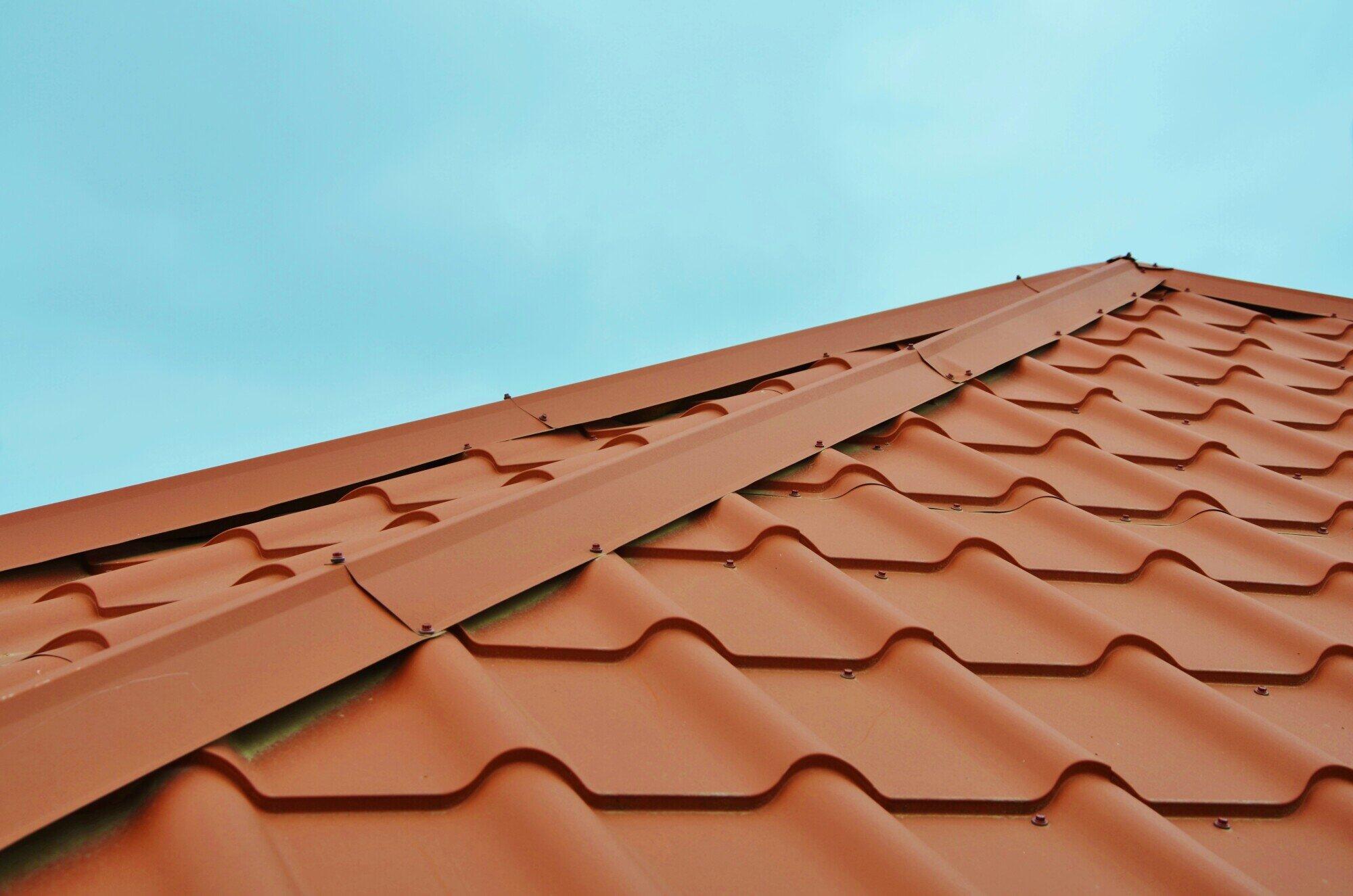When it comes to maintaining your home, understanding what contributes to roof repair costs is crucial. Did you know that the average cost to repair a roof can range from $392 to $1,922, depending on various factors?
Whether you are in the midst of a repair or planning for a new installation, knowing the cost breakdown will help you make informed decisions. This guide will delve into the components that influence roofing costs. Keep on reading to learn more.
Materials Influence Roof Repair Costs
The type of materials you choose for your roofing project significantly affects your overall expenses. Common options include:
Asphalt Shingles
Asphalt shingles are one of the most budget-friendly roofing choices. They are simple to install, making them a popular option for homeowners. While durable, they may need replacement sooner than other materials.
Metal Roofing
Metal roofs last a long time and help lower energy costs. Though they cost more upfront, they can save money over the years. Their strength makes them resistant to harsh weather, adding extra protection to a home.
Tile and Slate
Tile and slate roofs look elegant and high-end. They are heavy, which can increase the cost of installation and require a strong roof structure. While expensive, they are highly durable and can last for decades.
Wood Shingles
Wood shingles give homes a warm, natural look. They need more upkeep than other roofing types to prevent mold and rot. Though pricier, they can add charm and unique character to a home.
When assessing materials, consider your local climate, aesthetics, and how long you plan to stay in your home. Not all materials are equally resistant to weather conditions, so it’s essential to choose wisely.
The best way to navigate these choices is to get advice from an experienced contractor, such as Rebel Roofing. They can guide you on the materials best suited to your home’s style, your local weather patterns, and your budget.
Labor Costs
The cost of labor can take up most of your roofing budget. In some cases, it makes up 60-70% of total repair costs. Several factors affect labor prices, such as roof complexity, location, and time of year.
A simple roof design costs less to repair or replace than a complex one. Steeper roofs or those with multiple layers take more time and skill to fix. More time and effort mean higher labor costs.
Where you live also impacts labor prices. Roofing work in cities or high-cost areas tends to be more expensive. In rural areas, labor may be cheaper, but finding skilled workers can be harder.
Seasonal demand can also affect the pricing of a roofing company. Roofing jobs cost more in busy seasons like summer and fall. If possible, scheduling repairs during slower months may save money.
Permits and Regulations
Depending on where you live, you may need to secure building permits before starting a roofing project. Research your local building codes and obtain the necessary permits-a process that can incur additional costs. Failing to adhere to local regulations may also lead to fines or complications in securing future insurance coverage.
Expect the Unexpected
No homeowner hopes for surprises during a roofing project, but unforeseen problems can arise. Examples include:
- Hidden water damage
- Pest infestations
- Unexpected structural issues
Budgeting an extra 10-20% for unexpected expenses is a wise strategy to prepare for contingencies during your roofing project.
Getting Ready for Roof Repair Costs
Understanding the roof repair costs associated with your project can make the process smoother and less stressful. By being knowledgeable about material choices, labor expenses, and potential unforeseen costs, you can make empowered decisions for your home.
Have you found what you’re looking for? If you need more related topics, check out the rest of our blog!
